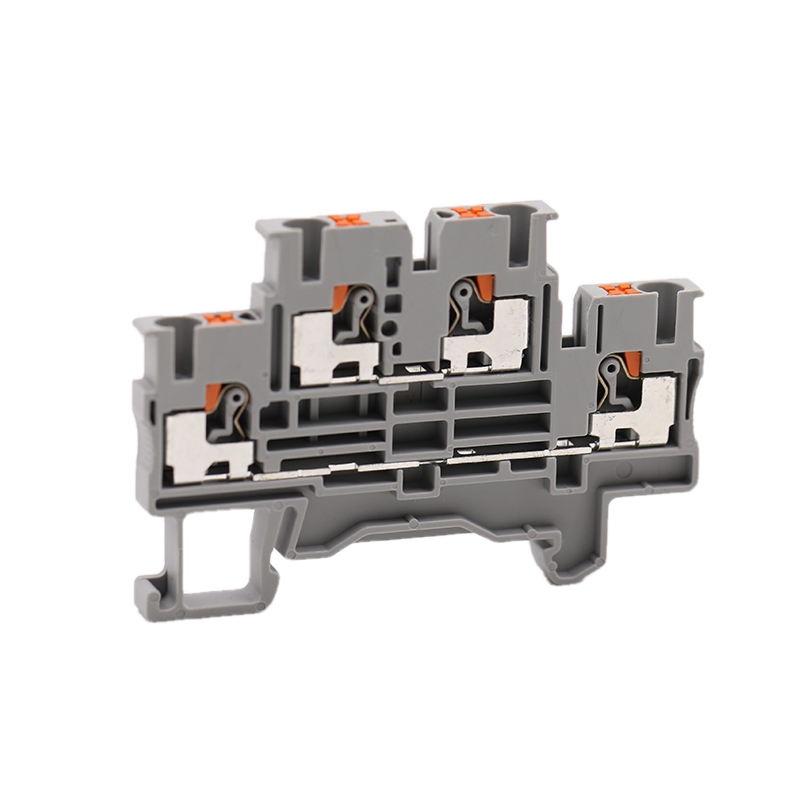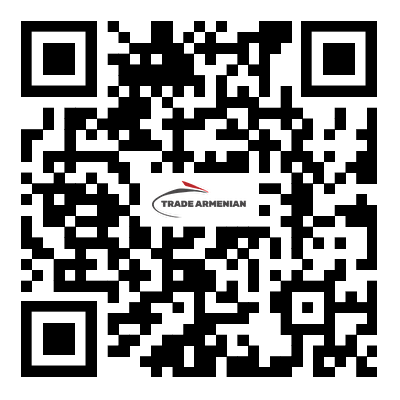Understanding DIN Rail Terminal Blocks: Compact and Reliable Electrical Connections
2025-07-03
A DIN rail terminal block is a modular, insulated device used to secure and organize electrical wires in control panels and distribution boards. Mounted on standard DIN rails (metal rails defined by German Institute for Standardization - Deutsches Institut für Normung, these terminal blocks are essential components in modern industrial and commercial electrical systems.
What Is a DIN Rail Terminal Block?
A DIN rail terminal block is designed to connect two or more electrical wires safely and efficiently. It serves as a junction point, allowing the wires to be clamped or screwed together while providing clear organization and facilitating maintenance. These terminal blocks are mounted onto DIN rails (typically 35mm wide) inside control cabinets or electrical enclosures.

Types of DIN Rail Terminal Blocks
1. Screw Clamp Terminal Blocks:Use screws to fasten wires securely; widely used for their reliability.
2. Spring Clamp Terminal Blocks:Use a spring mechanism for quick and tool-free wire connections.
3. Push-in Terminal Blocks:Allow direct insertion of solid or ferruled wires without tools.
4. Ground Terminal Blocks:Provide grounding connection to the DIN rail or system ground.
5. Fuse Terminal Blocks:Include a fuse holder for circuit protection.
6. Multi-level Terminal Blocks:Offer multiple wiring levels in a compact footprint, saving space.
Advantages of DIN Rail Terminal Blocks
Efficient Wiring:Simplify complex wiring tasks with organized connections.
Modular Design:Easily add, remove, or rearrange terminals without rewiring the entire system.
Time Saving:Quick installation and maintenance with clearly marked terminals.
Space Saving:Compact and stackable designs reduce panel space usage.
Safe and Reliable:Provide secure electrical connections with insulation and grounding options.
Standardization:Compatible with international DIN standards (e.g., EN 60715).
Applications of DIN Rail Terminal Blocks
Industrial Control Panels
Electrical Distribution Boards
Automation Systems
Building Management Systems (BMS)
Railway and Transportation Systems
Renewable Energy Installations
How to Choose the Right DIN Rail Terminal Block
When selecting a DIN rail terminal block, consider the following:
Current and Voltage Ratings:Ensure compatibility with your system requirements.
Conductor Size:Match the terminal to the wire gauge being used.
Connection Technology:Choose between screw, spring, or push-in based on ease of use and application.
Mounting Type:Verify compatibility with the DIN rail size and enclosure.
Special Features:Look for integrated diodes, LEDs, or test points if required.
Conclusion
DIN rail terminal blocks are essential components for organized, safe, and efficient wiring in electrical and automation systems. Their modular design, wide variety of types, and compatibility with international standards make them an ideal choice for engineers, electricians, and panel builders. As electrical systems become more complex, the importance of reliable terminal blocks continues to grow—making them a cornerstone of modern electrical infrastructure.


